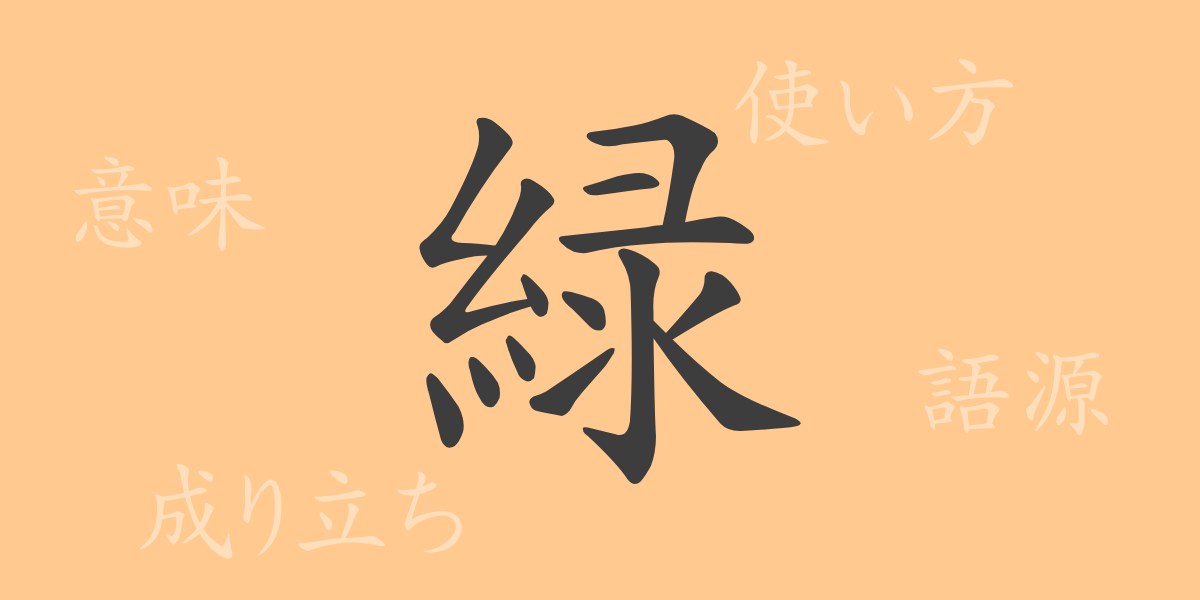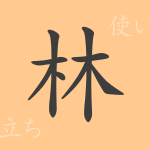Green is the color of nature, a symbol of life, and a source of peace for the heart. This color, deeply rooted in our daily lives, is not just something we see but is also richly present in our culture and language. In this article, we will focus on the 常用漢字(じょうようかんじ, jōyō kanji) “緑(みどり, midori)” and explore its origins, meanings, usage, as well as idioms and proverbs associated with it, delving into the rich world revolving around green.
The Origin of 緑(みどり, Midori)
The origin of “緑(みどり, midori)” dates back to ancient times, used as one of the colors representing the lush greenery in nature. In ancient Chinese Five Elements Theory, green is considered the color of wood, symbolizing growth and development. In Japan, it was once synonymous with “青(あお, ao)” (blue/green), but over time, “緑(みどり, midori)” has come to hold its own unique meaning.
The Meaning and Usage of 緑(みどり, Midori)
In modern Japanese, “緑(みどり, midori)” generally refers to the vibrant color of plants and trees in nature. It is also used as a symbol of environmental protection and love for nature, and is cherished as a color that brings refreshment and healing to the mind and body. Additionally, the green light on traffic signals means “go,” symbolizing safety and permission.
Reading, Stroke Count, and Radical of 緑(みどり, Midori)
The kanji “緑(みどり, midori)” is beloved by many Japanese for its beauty in form and meaning.
- Reading: 音読み(おんよみ, onyomi) is “リョク(りょく, ryoku),” 訓読み(くんよみ, kunyomi) is “みどり(みどり, midori)”
- Stroke Count: 14 strokes
- Radical: 糸部(いとへん, itohen)
Idioms, Proverbs, and Phrases Using 緑(みどり, Midori) and Their Meanings
Japanese has many idioms, proverbs, and phrases that include “緑(みどり, midori).” “緑陰(りょくいん, ryokuin)” represents the coolness and comfort of the shade of trees, “青山緑水(せいざんりょくすい, seizanryokusui)” describes beautiful natural scenery, and “緑の少年(みどりのしょうねん, midori no shōnen)” refers to an immature youth. These expressions capture the rich imagery and emotions associated with green.
Summary of 緑(みどり, Midori)
“緑(みどり, midori)” is not just a color but a presence deeply connected to our hearts and culture. As a symbol of vitality and a color that brings peace to the heart, it has been cherished in Japanese language and culture. Understanding and valuing its rich meanings will continue to enrich our lives.

























